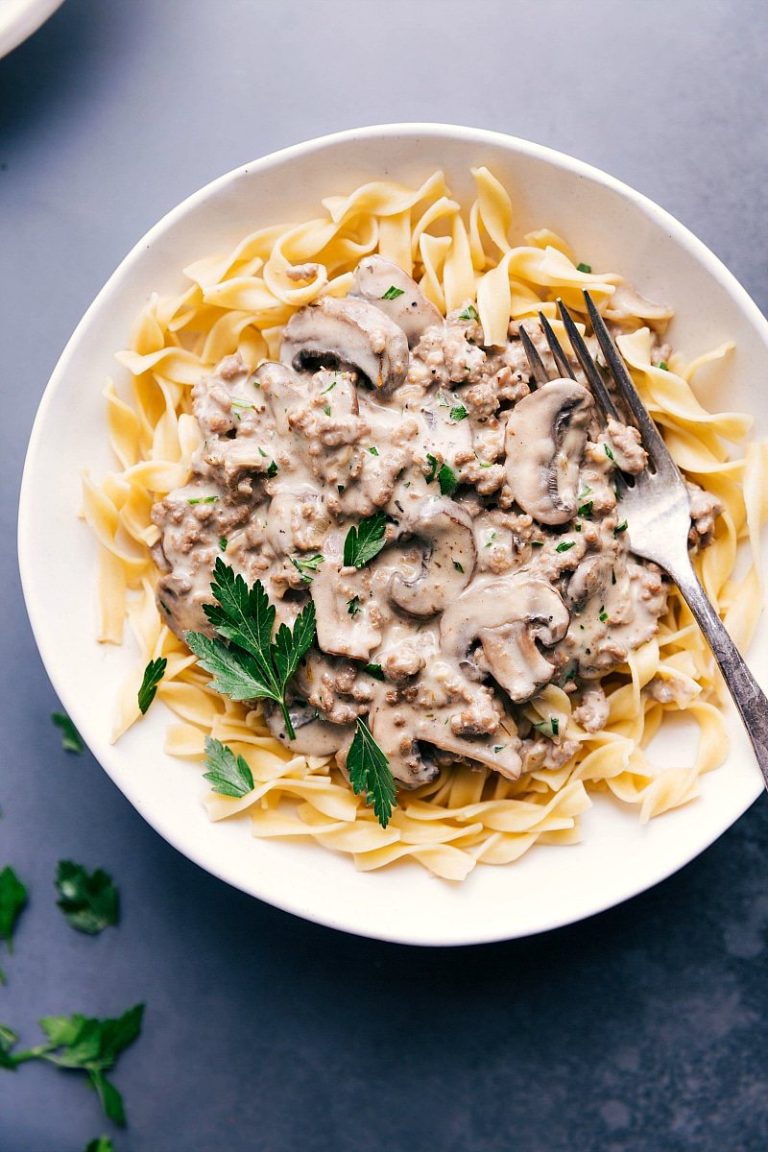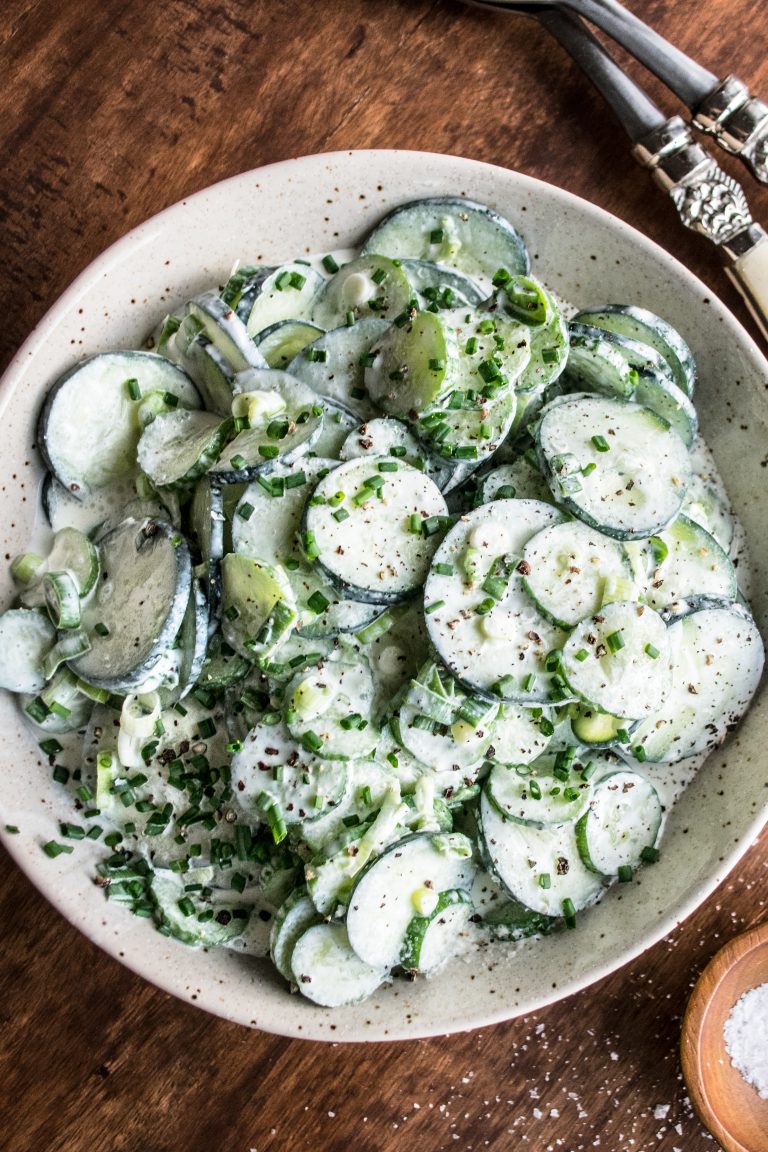Pasta Fazool : History, Recipes, and Pairings
Pasta Fazool, or Pasta e Fagioli, has roots in Italian cuisine dating back to ancient Rome. Originating as a peasant dish, it utilized basic ingredients accessible to the masses. Early versions combined inexpensive staples like beans, pasta, onions, and garlic. Over time, as culinary techniques and ingredient availability evolved, so did this iconic dish. By the 16th century, tomatoes, introduced from the New World, became a critical addition, adding richness and depth to the broth.
Regional Variations
Pasta Fazool exhibits diverse regional adaptations across Italy. In Northern Italy, the dish often includes borlotti beans and short pasta varieties like ditalini. In the South, particularly Campania and Puglia, you’ll find it spiced with hot peppers and sometimes enriched with pancetta or lard for added flavor. Central Italy, including Tuscany, often prefers a thicker consistency with a more pronounced use of rosemary and sage.
| Region | Common Ingredients | Key Characteristics |
|---|---|---|
| Northern Italy | Borlotti beans, short pasta | Mild flavors, creamy texture |
| Southern Italy | Hot peppers, pancetta | Spicy, rich taste |
| Central Italy | Rosemary, sage | Herbaceous, thicker broth |
Each variation reflects local tastes and available ingredients, showcasing the flexibility and enduring appeal of Pasta e Fagioli.
Ingredients and Preparation
Key Ingredients
To make Pasta Fazool, or Pasta e Fagioli, gather these essential ingredients:
- Beans: Use 2 cups of either cannellini or borlotti beans.
- Pasta: Generally, 1 cup of ditalini or elbow pasta works well.
- Tomatoes: Add 1 can (14 ounces) of diced tomatoes for a rich flavor.
- Broth: Include 4 cups of vegetable or chicken broth.
- Vegetables: Chop 1 onion, 2 cloves of garlic, 2 carrots, and 2 celery stalks.
- Olive Oil: Use 2 tablespoons of extra virgin olive oil.
- Herbs: Have 1 teaspoon of dried rosemary, 1 teaspoon of dried thyme, and 1 bay leaf ready.
- Spices: Prepare 1/4 teaspoon of black pepper and salt to taste.
- Optional Add-ons: Pancetta, hot peppers, or rosemary can enhance flavor.
Step-by-Step Preparation Guide
Follow these steps to prepare Pasta Fazool:
- Prepare Beans: If using dried beans, soak them overnight and cook until tender. Canned beans can be rinsed and drained.
- Saute Vegetables: In a large pot, heat olive oil over medium heat. Add chopped onion, garlic, carrots, and celery. Saute for 5-7 minutes until vegetables soften.
- Add Tomatoes and Broth: Stir in diced tomatoes and broth. Add beans, herbs, pepper, and salt.
- Simmer Mixture: Bring to a boil, then reduce heat and let it simmer for 30 minutes, allowing flavors to meld.
- Cook Pasta: In a separate pot, cook pasta according to package directions. Drain and set aside.
- Combine Mixture: Add cooked pasta to the simmering soup. Let it cook for another 5 minutes.
- Serve Hot: Remove the bay leaf, adjust seasoning, and serve hot. Optionally, top with pancetta or hot peppers.
This method ensures a flavorful and hearty Pasta Fazool that combines tradition and comfort seamlessly.
Nutritional Benefits of Pasta Fazool
Healthful Components
Pasta Fazool provides a balance of macronutrients and micronutrients essential for good health. Beans, the primary ingredient, are rich in protein and fiber. They help in muscle growth and maintain digestive health. The tomatoes add vitamins A and C, both crucial for immune function and skin health. Whole wheat pasta increases the fiber content, supporting better digestion and sustained energy levels. Olive oil, a common component, contains healthy fats that can reduce inflammation and improve heart health. Vegetables like carrots, celery, and onions offer additional vitamins and minerals, ensuring a well-rounded nutritional profile.
Diet Inclusion Tips
Incorporating Pasta Fazool into your diet is simple and beneficial. For a balanced meal, pair it with a side salad rich in leafy greens. This combination enhances nutrient intake and adds variety to your diet. To manage carbohydrate intake, use whole wheat or legume-based pasta, which offers more fiber and protein. If you’re gluten-sensitive, opt for gluten-free pasta varieties. To reduce sodium, use homemade broth instead of store-bought versions. Adding lean protein like chicken or turkey can further increase the protein content without significant changes to the flavor.
Serving and Pairing Suggestions
Best Accompaniments
Choose accompaniments that enhance the flavors of Pasta Fazool. Opt for a fresh, crisp salad with mixed greens, cherry tomatoes, and a light vinaigrette to balance the hearty soup. Garlic bread or a rustic loaf of Italian bread works well to soak up the rich broth. A simple antipasto platter with prosciutto, olives, and cheese offers a pleasing contrast.
Pair with wines like Chianti or Sangiovese for a classic Italian experience. These wines’ acidity complements the dish’s robust flavors. Avoid heavy wines to prevent overpowering the delicate ingredients.
Creative Serving Ideas
Experiment with different serving methods to add variety. Serve Pasta Fazool in a bread bowl for a novel presentation that guests will love. Garnish with fresh parsley or basil for added color and flavor.
For a Mediterranean twist, top with a dollop of Greek yogurt and a sprinkle of za’atar seasoning. Turn leftovers into a pasta bake by adding breadcrumbs, mozzarella, and baking until golden.
Enhance the dining experience by setting a warm and inviting table. Use rustic dinnerware and cloth napkins to evoke an authentic Italian ambiance, making your Pasta Fazool meal memorable.
Conclusion
Pasta Fazool offers a rich tapestry of flavors and history, making it a delightful addition to your culinary repertoire. Whether you stick to traditional recipes or experiment with modern twists, this dish promises a satisfying and nutritious meal. Pair it with the right accompaniments and wine to elevate your dining experience. Set a warm and inviting table, and you’ll create memorable moments with every bowl of Pasta Fazool. Dive into this timeless classic and enjoy the comforting essence of Italian cuisine.





